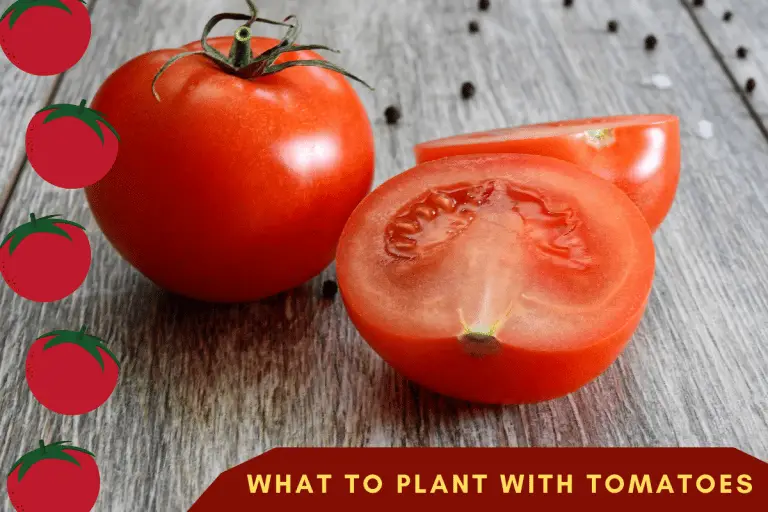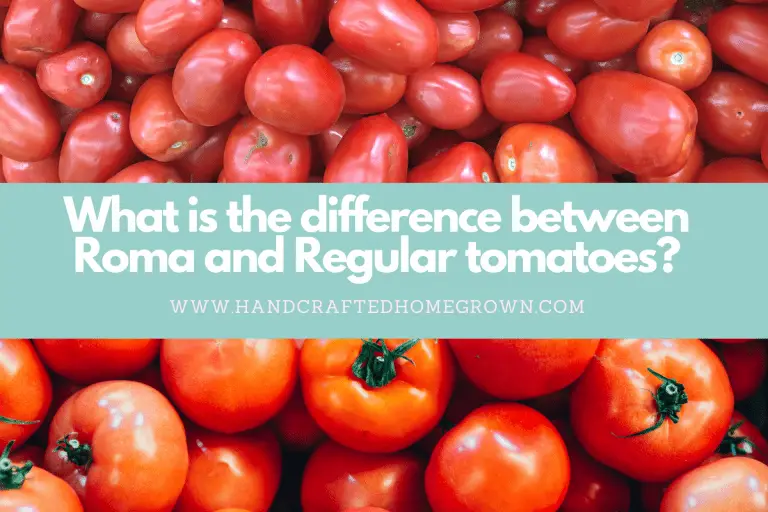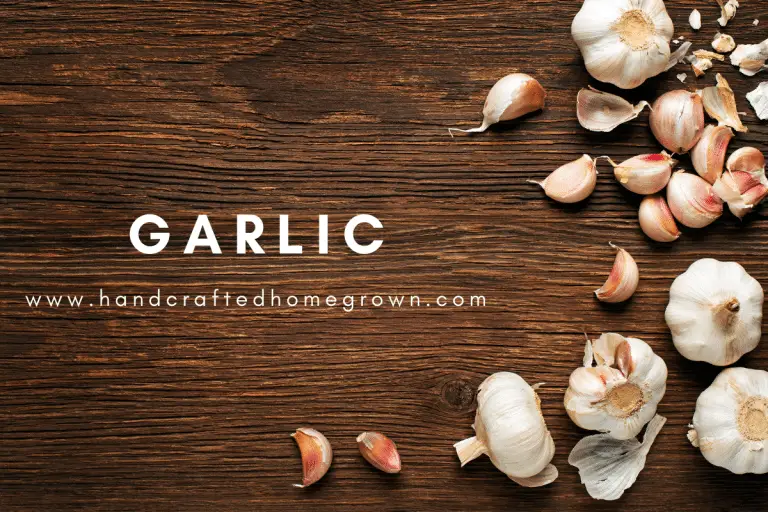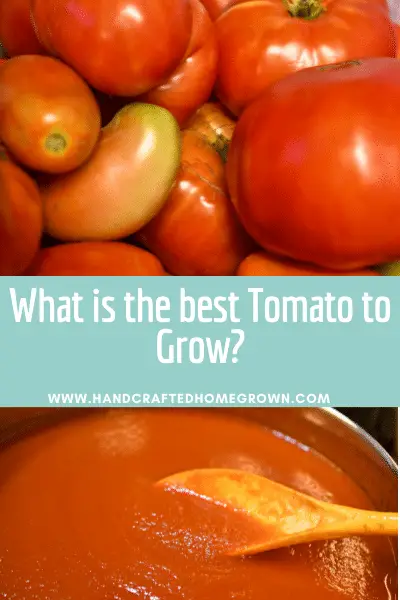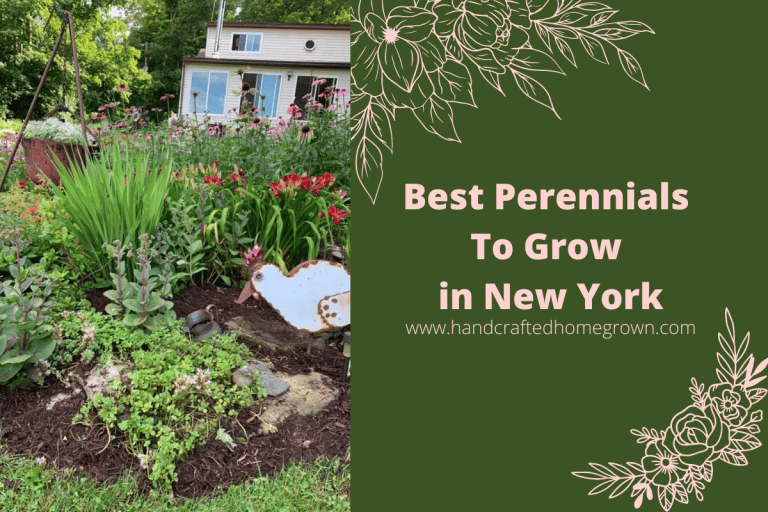When and How to get my Garden Ready for Winter?
Fall is here, which means Winter (and snow flakes here in New York) are right around the corner. When and how should you get your garden ready for winter? I surveyed Homesteaders to get this answered so you don’t have to!
Once all the vegetable garden’s crops have been harvested, it is time to start preparing the garden for winter. There are many techniques to consider, but you should consider doing three things once fall arrives: clearing dead plants, treating the soil and protecting the garden until spring.
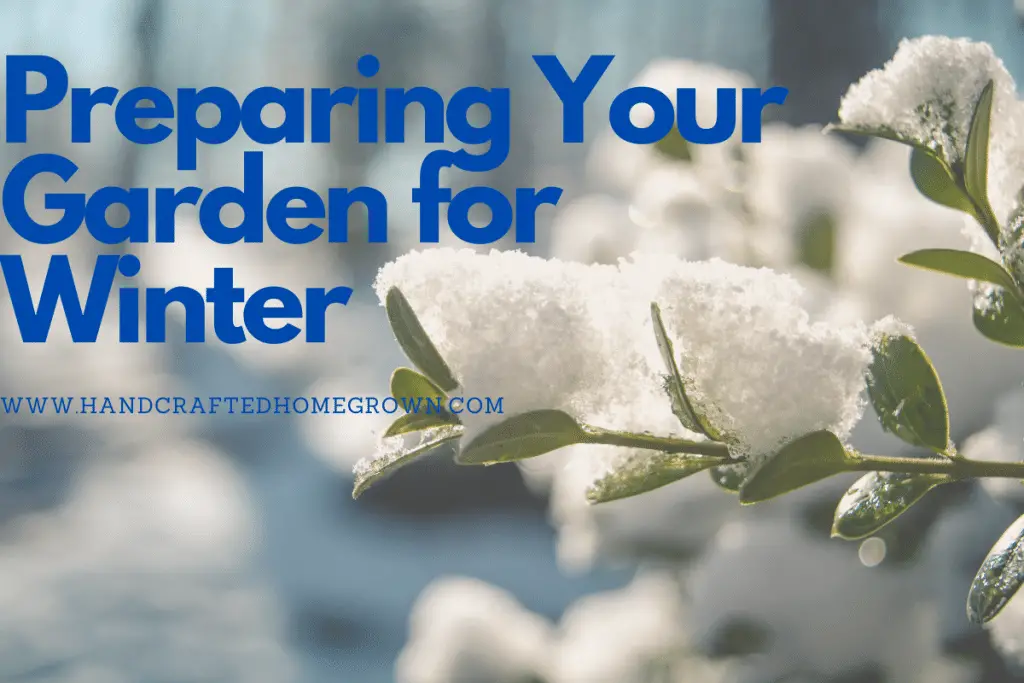
This site is a participant in the Amazon Associates program, as well as other affiliate programs. As an Amazon Associate, I earn from qualifying purchases. This post may contain some affiliate links for your convenience.
When Should I Start Preparing my Garden for Winter?
As a general rule, you should start preparing your garden in the fall after your crops are all completed. This will vary by geographic location and the types of crops within your garden. I asked several large Homesteading Facebook Groups, and got about 50 responses across the board. The advice was simple regarding timing, do it before the snow flies. Some people did nothing to prepare their gardens, some just pulled plants and covered the garden, and lastly some pulled plants, took steps to improve their soil and then also provided some kind of cover for their garden. We’ll chat on all of these items next.
How to Remove Dead Plants from Your Garden to Prepare for Winter
After surveying several very large homesteading groups, there were a lot of opinions on the topic of putting your garden to bed for the winter. However, most people seemed to agree that at a minimum – you should be removing dead plants from the garden. There were two prominent techniques to clear your garden to prepare for winter:
Clearing Out Dead Plants Manually
Your first option is the good old fashioned way of pulling out dead plants and weeds, by hand! For those of us who are just gardening and don’t have livestock, this will be your primary method for clearing out your garden. You can do this putting on a good pair of gardening gloves (affiliate link) and pulling the plants out by the roots. Or you can purchase weeding tools – hand held or stand up weeding tool (affiliate links) to help make the job easier. Both of these are very reasonably priced, and the reviews of the products are very good.
Should You Add the Dead Plants to your Compost Bin?
Generally speaking, the advice was to not add dead vegetable plants to the compost bin when clearing the garden for winter. This was due to the chance of the plants having any types of diseases or bugs/pests that you are not aware of.
Using Animals to Clear the Garden
Lots of people utilize their chickens to clean out their garden. Lots of recommendations to either pick up any fencing and letting the birds graze or just allowing them to roam within the fencing. This also helps with fertilizing the area. This is a much less labor intensive way of clearing out plants and weeds! So if you have them, I would definitely choose that! Next, most people recommended doing something to help improve the soil over the winter.
How to Improve Garden Soil Over the Winter?
I received a lot of advice on treating the soil before “putting the garden to bed” for the winter. There was a lot of recommendations to spread compost or manure over the soil at a minimum. Homesteaders recommended all kinds of manure – chicken, cow and pig. They suggested just cleaning out your livestock’s stalls and applying it on top of the garden. The manure will break down during the winter and will provide fertilization to the garden once spring finally arrives.
Even if compost or manure was not layered, the next largest recommendation received was a layer of leaves, mulch or straw on top of the garden. These slowly compost over the winter
Which plants are good cover crops?
After receiving several recommendations for cover crops, I asked what kinds of cover crops do you recommend. The answer varied and they stated it would depend on what your soil needed, but a few plants came up more than once. Red Clover, Oilseed Radish and Rye Grass were all recommended. They all provide cover (erosion control). Red Clover and Oilseed Radish also add nitrogen to the soil.
To determine which crop might be best for you to explore, you could consider testing the soil (affiliate link) in your garden to help select the best cover crop.
Should you Cover Your Garden?
If you’ve planted a cover crop, then you would not want to cover your garden with a tarp. But, if you did not plant a cover crop, should you cover your garden with a tarp? The answers were mixed, and it appears to be related to where you live. Those in northern areas where winters are harsher and longer, a tarp can help prevent weeds in the spring, and also help protect the garden. It will also help thaw/warm the soil once spring is arriving.
What is Our Plan to put our Garden To Bed?
So after all this research, what will we be doing to put our garden to bed? For this year, we are going to take some of the more common advice. We are going to pull out old plants and not add to our compost bin (affiliate link to the compost bin we use and like!). We did have some bug issues with our tomatoes towards the end of the season, so I am going to take that tip. We are also going to take the advice and add leaves as a top layer over our garden. Next year, I plan to test the soil and plant a cover crop after digging into that a little more. There is also a lot of information out there on the pros and cons of tilling your garden. So we will be looking into that as well!
Wrap Up
If you liked this post, it would mean a lot if you would follow me on Facebook and/or Pinterest.

